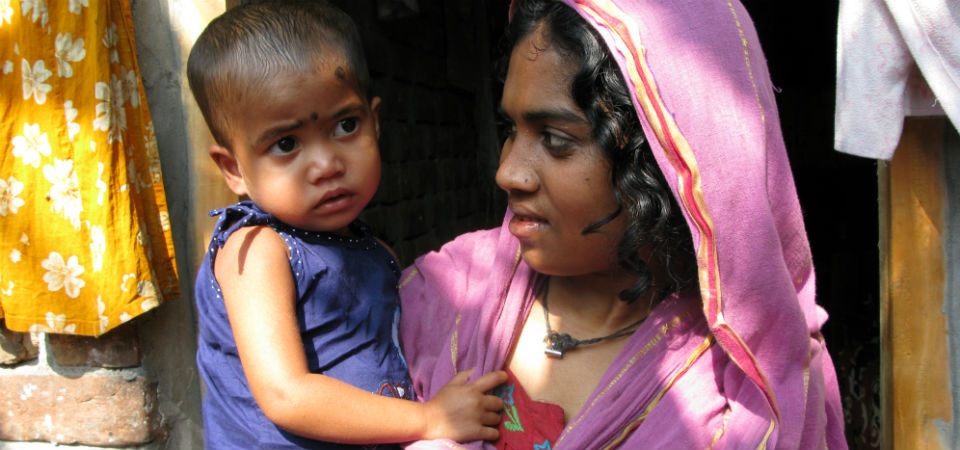Around one billion people around the world live in slums in low and middle-income countries like India, Bangladesh or Kenya.
Within those communities, infants and children are among the smallest in height for their age globally, with up to 60% falling into the ‘stunted’ category – the term is used to describe a person whose height is short for their age.
Stunting is associated with greater susceptibility to infection, cognitive and behavioural deficits.
Academics at Loughborough University reviewed 15 studies related to nutritional interventions and growth, which included more than 9,300 children under five, as well as 3,700 pregnant women.
They found that schemes which promoted health interventions in slum areas, such as breastfeeding and introducing supplements, did not decrease stunting among children.
Professor Paula Griffiths, of Loughborough University’s School of Sport, Exercise and Health Sciences (SSEHS), said: “The studies that we reviewed from poor urban areas show that half of children on average are stunted and nutritional interventions alone are currently not greatly reducing stunting in these environments.
“This indicates that there is a need to understand what types of intervention work to improve this situation.”
The team reviewed the impact of nutritional interventions, such as nutrition education, nutrient supplementation of mothers, infants, and children with zinc or iron, nutrition systems strengthening, or a combination of these.
The study involved research into interventions carried out in eight countries:
- Bangladesh
- India
- Peru
- Guatemala
- Haiti
- Congo
- Kenya
- South Africa
None of the interventions improved growth in height, but some increased weight of the infants at birth.


